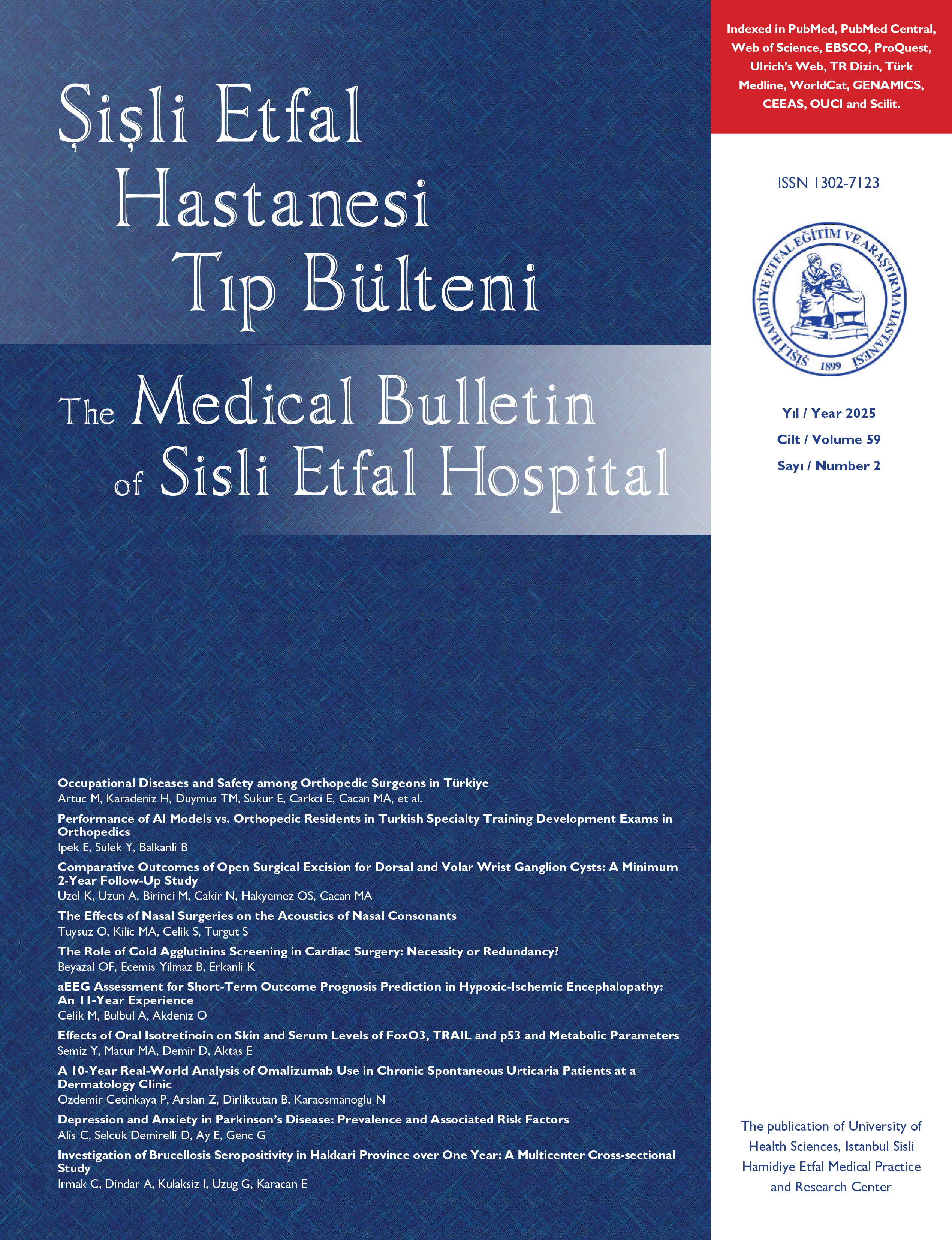
Gastroskopik Girişimlerde Sedasyon Uygulaması Sırasında Ketamin ve Propofol ile Remifentanil ve Propofol Sedasyon Uygulamalarının Integrated Pulmonary Index (IPI) Üzerine Etkisi
Zuhal Cavus, Dondu Genc Moralar, Ayfer Kaya Gok, Ali Selman GunaydinTürkiye Sağlık Bilimleri Üniversitesi, Gaziosmanpaşa Eğitim ve Araştırma Hastanesi, Anesteziyoloji ve Reanimasyon Kliniği, İstanbulAmaç: Endoskopik işlemler sırasında farklı sedo-analjezi ve izleme yöntemleri kullanılmaktadır. Yine de optimal sedasyon ajanları konusunda fikir birliği yoktur. Bu çalışmada temel amaç ketamin-propofol ve remifentanil propofol sedo analjezi protokollerini entegre pulmoner indeks (IPI) monitorizasyonu ile karşılaştırmaktır.
Yöntem: Hastalar iki gruba ayrıldı: Grup Ketamin anestezi başlangıcında 0,25 mg/kg ketamin ve 0,75 mg/kg propofol aldı. Grup Remifentanil hastalarına anestezi indüksiyonunda 1 mcg/kg remifentanil ve 0,75 mg/kg propofol verildi. Anestezi idamesi ilaç dozlarının Ramsey sedasyon skalasına göre titrasyonu ile sağlandı. Anestezi indüklemeden hemen önce, sedasyon indüklendikten beş dakika sonra, on dakika sonra ve tedavi bittikten beş dakika sonra olmak üzere dört farklı zamanda ölçümler alındı.
Bulgular: Gruplar arasında T1 zaman periyodunda ölçülen solunum hızı, SPO2 ve EtCO2 gibi solunum parametrelerinde anlamlı fark yoktu. T2 zaman diliminde entegre pulmoner indeks (IPI), sPO2, solunum hızı ve sistolik basınç parametrelerinde gruplar arasında anlamlı fark bulundu, grup ketaminde anlamlı olarak yüksek bulundu. T3 zaman periyodu sonuçları şu üç parametrede daha yüksekti: IPI, sPO2 ve solunum hızı. T2,T3, T4 zaman dilimlerinde solunum sayımı parametresinde gruplar arasında fark vardı ve ketamin grubunda daha yüksek bulundu.
Sonuç: Ketamin iyileşmede hafif bir uzamaya neden olsa da endoskopik işlemler sırasında kullanılabilecek güvenli ve etkili bir ilaçtır. (SETB-2023-08-140)
Anahtar Kelimeler: Kapnografi, endoskopi, sedasyon
The Effects of Ketamine-Propofol and Remifentanil-Propofol Combinations on Integrated Pulmonary Index During Sedation in Gastrointestinal System Endoscopy
Zuhal Cavus, Dondu Genc Moralar, Ayfer Kaya Gok, Ali Selman GunaydinDepartment of Anaesthesiology and Reanimation, University of Health Sciences Türkiye, Gaziosmanpasa Training and Research Hospital, Istanbul, TürkiyeObjectives: Different sedo-analgesia and monitoring methods are used during endoscopic procedures. And yet, there is no consensus on optimal sedating agents. In this study, the main aim is to compare ketamine-propofol and remifentanil propofol sedo-analgesia protocols by monitoring integrated pulmonary index (IPI).
Methods: The study population is divided into two groups: Group ketamine received 0.25 mg/kg ketamine and 0.75 mg/kg propofol at the beginning of anesthesia. 1 mcg/kg of remifentanil and 0.75 mg/kg propofol were administered to group remifentanil patients at the induction of anesthesia. Anesthesia maintenance was provided by titration of drug doses according to the Ramsey sedation scale. Measurements were taken at four different points in time: just before anesthesia was induced, five minutes after sedation was induced, ten minutes later, and five minutes after the treatment was finished.
Results: There was no significant difference in respiratory parameters such as respiratory rate, SPO2, and EtCO2 measured in the T1 time period between the groups. In the T2 time period, a significant difference was found between the groups in the integrated pulmonary index (IPI), sPO2, respiratory rate, and systolic pressure parameters were found to be significantly higher in group ketamine. T3 time period results were higher in these three parameters: IPI, sPO2, and respiration rate. In the T2, T3, T4 time periods, there was a difference between the groups in the respiration count parameter and it was found to be higher in group ketamine. Conclusion: Although it causes slight prolongation in recovery, ketamine is a safe and effective drug that can be used during endoscopic procedures.
Keywords: Capnography, endoscopy, sedation
Makale Dili: İngilizce



















